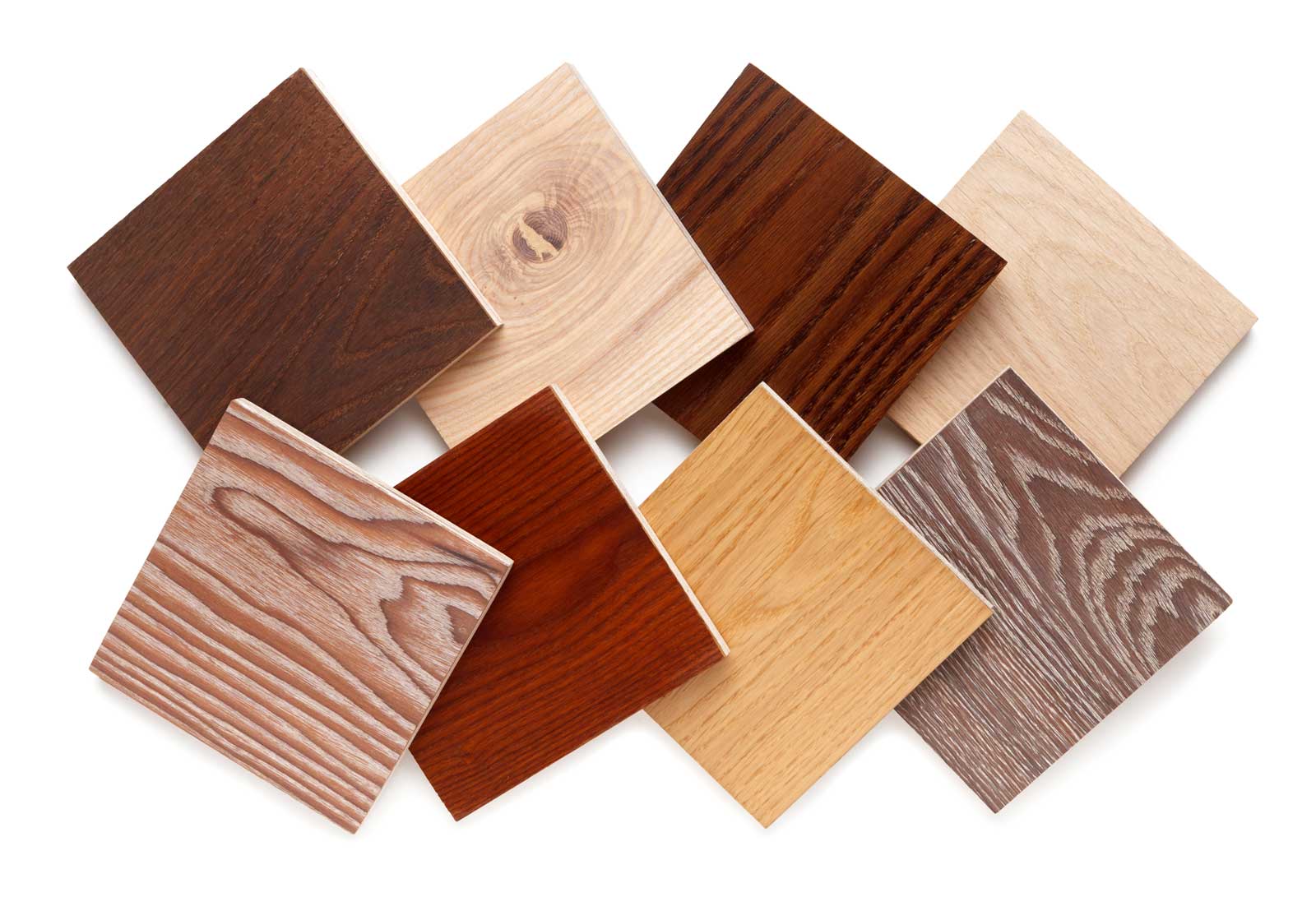
Timber Buying Guide
Timber is sustainable and versatile making it a popular choice with builders, architects and designers. It is specified in commercial and domestic applications to achieve striking effects.
When purchasing timber for projects large or small, there are many considerations.
Choosing the right timber
Wood is classified in two primary categories, hardwood and softwood, according to its properties. When choosing a timber from either category, it is important to find a species that meets the specific requirements of your project.
Hardwood
Hardwood trees are deciduous. Species include: Ash, Balsa, Blackbutt, Eucalyptus, Mahogany, Oak, Spotted Gum, Merbau, Jarrah, Ironbark, Teak and Walnut.
Hardwoods are usually heavier with higher density than softwoods. Hardwood is generally used when durability and strength are critical to a project.
Common uses:
- Flooring
- Decking
- Cladding
- Fencing
- Frames
- Boat building
- Piers
- Furniture
Hardwoods are used extensively in the building industry and for residential projects in high traffic areas, such as exterior decking or kitchen flooring.
Softwood
Softwood trees are evergreen. Species include: Cedar, Douglas Fir, Kauri, Hemlock and Pine.
Common uses:
- Feature walls
- Paneling
- Interiors
- Ceilings
- Doors
- Windows
- Beams
- Poles
Products that are manufactured utilising softwoods such as Plywood and MDF are popular in shop-fittings, furniture and cabinetry.
Softwoods are chosen for their aesthetic, thermal and acoustic properties. They can also be a cheaper option than hardwoods.
General tips on buying timber
After deciding on a hardwood or softwood species, there are some general points to consider before shopping for your timber.
1. Decide on the level of quality needed for the application
For high profile projects where only the best quality will do, New Zealand native timbers are the perfect fit. They are a sustainable choice with the joint benefits of being durable and striking.
These timbers can be at the higher end of your budget but bear in mind that you get what you pay for.
2. Work out how much timber you need
If in doubt, buy more timber than you think you need, but don’t go overboard. Any surplus will make the project more expensive than it needs to be.
If the timber shows imperfections that you plan to discard or cut out, you’ll need to buy longer boards.
3. Check the colour
Wood of the same species can vary in appearance. To check that the colour of the timber matches requirements, hold it in good light to compare the look. In addition, check that each board is of similar colour as there can be huge variations.
If you are struggling with uniformity, consider a Colourtone in a similar colour to even out the appearance of your installation.
4. Check for damage and imperfections
Before you buy, check each piece of timber for any damage or imperfection, such as warping or splitting. This is important for safety and structural integrity.
After you buy, protect from wear and tear over time by utilising a wood protection oil such as CUTEK® Extreme CD50.
5. Buying rough sawn timber can be risky
Rough sawn timber is graded in terms of strength and not aesthetics so there can be a great deal of variation in the colour and appearance of the timber.
Shop within your budget range
There are timbers for all budgets. Hardwoods are usually the most expensive, while softwoods are often more economical.
Reclaimed or recycled timber can offer great value for money but you’ll have to shop around to find a species that matches your quality and quantity required.
It can pay to source comparative quotes when purchasing timber, especially when looking for value without wishing to sacrifice quality.
Shop for timber with a specific use in mind, work through the considerations listed above and don’t compromise on important parameters such as quality.
